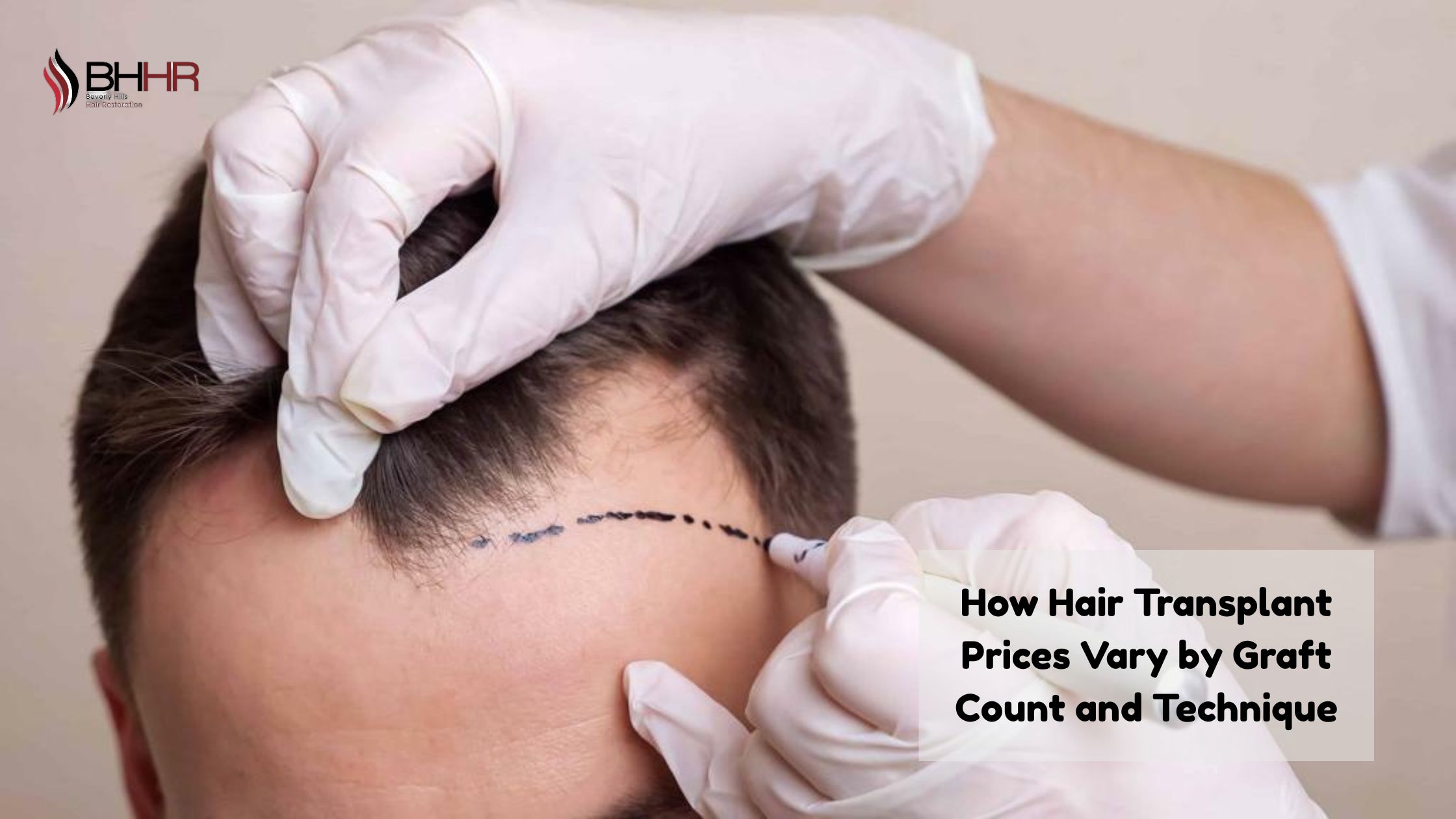Millions of men and women throughout the world suffer from hair loss, which causes many to seek out permanent treatments like hair transplants. While these procedures deliver natural and lasting results, one of the most common questions patients ask is: How much will it cost? The answer often depends on two main factors—graft count and technique. Understanding how these elements influence the total hair transplant price can help you prepare financially and choose the right clinic with confidence.
What Determines Hair Transplant Prices?
The total cost of a hair transplant isn’t just about the surgery itself. It includes several components: consultation, surgeon’s expertise, clinic location, and post-operative care. However, two critical aspects that make the biggest difference are how many grafts you need and which surgical technique you choose. Clinics usually calculate charges based on a per-graft basis, and prices can also vary depending on whether you opt for FUT, FUE, or advanced methods like Smart PRP.
Understanding Graft Count in Hair Transplants
To understand pricing, you first need to know what a graft is. A graft is a natural grouping of 1–4 hairs harvested from the donor area, usually the back or sides of the scalp. The number of grafts required depends on the extent of hair loss, the size of the thinning area, and the desired level of density.
- Small session (1500 grafts): Best for early hairline correction.
- Medium session (2000 grafts): Ideal for moderate thinning in the crown or mid-scalp.
- Large session (3000–4000+ grafts): Necessary for extensive baldness requiring full restoration.
The greater the graft count, the higher the overall cost, but some clinics offer a reduced per-graft rate for larger sessions.
Price Variation by Graft Count
Most clinics worldwide base their fees on a per-graft price that ranges from $4 to $10 in countries like the U.S. For example:
- 1500 grafts: $12,000–$15,000
- 2000 grafts: $16,000–$20,000
- 3000 grafts: $24,000–$30,000
Some international destinations like Turkey or Mexico offer significantly lower rates, with per-graft costs starting as low as $0.80–$2. While a higher graft count means a larger overall expense, it can often reduce the average price per graft, making big sessions more cost-efficient.
Hair Transplant Techniques and Their Price Differences
Beyond graft count, the surgical technique you choose directly impacts cost:
- FUT (Follicular Unit Transplantation): Involves removing a strip of scalp and dissecting it into grafts. It’s often more affordable since it requires less time, but it does leave a linear scar.
- FUE (Follicular Unit Extraction): Involves individually extracting grafts using tiny punches. It’s more labour-intensive and requires advanced skill, which makes it costlier per graft compared to FUT.
Additional Factors That Influence Final Cost
Besides graft count and technique, other elements play a role in determining the final bill:
- Clinic location: Clinics in the U.S., UK, and Europe charge more than those in Asia or the Middle East.
- Surgeon expertise: Experienced specialists with proven track records may charge premium fees.
- Technology used: Clinics with advanced robotic systems or precision tools often add a surcharge.
- Post-operative care: Medications, follow-up visits, and Smary PRP can increase the total expense.
How Patients Can Estimate Their Hair Transplant Price
Estimating your cost requires a step-by-step process:
- Initial consultation: A surgeon evaluates your hair loss pattern.
- Graft count assessment: The doctor estimates how many grafts you’ll need.
- Technique selection: You decide between FUT or FUE.
- Cost calculation: Multiply the graft count by the clinic’s per-graft rate.
Online calculators may give you a rough estimate, but only an in-person assessment will provide an accurate picture.
Tips to Balance Cost and Quality
While affordability matters, it should never be the only deciding factor. Here are some tips:
- Avoid selecting the cheapest offer as the only criteria.
- Ask for transparent breakdowns of cost per graft.
- Verify surgeon credentials, patient reviews, and before-and-after photos.
- Consider travelling to international clinics only if they maintain high medical standards.
Long-term natural results are worth investing in, even if the upfront cost is slightly higher.
Conclusion
The total hair transplant price depends heavily on both graft count and technique. FUT is usually more affordable, while FUE offer greater precision and faster recovery at a higher cost. Other factors, such as clinic location, surgeon expertise, and technology, also play a role in shaping the final bill. By understanding these variables, patients can make informed decisions and set realistic budgets for their restoration journey. Ultimately, the right balance of affordability and quality ensures results that look natural and last a lifetime.

